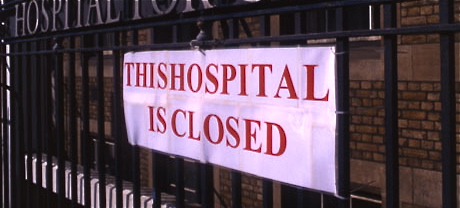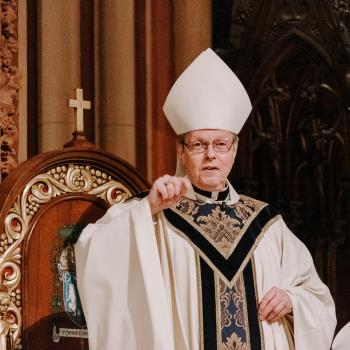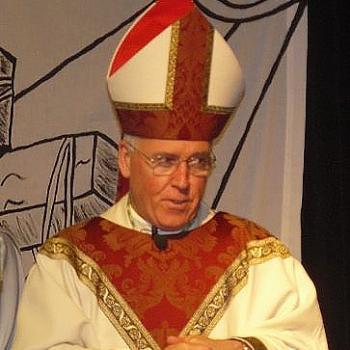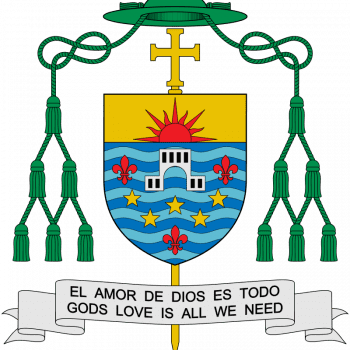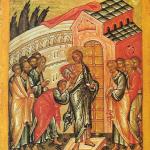That’s the question at the heart of this piece by Ed Morrissey:
Earlier this week, Francis Cardinal George of the archdiocese of Chicago sent a message to parishioners in Barack Obama’s home town that imposition of the HHS mandate to fund and facilitate contraception, abortifacients, and sterilization would force the Catholic Church to close its hospitals, clinics, schools, and all other organizations that would otherwise have to comply. “Two Lents from now,” Cardinal George warned, “unless something changes, the page [listing Catholic organizations] will be blank.” At the time, some commenters wrote that this has been Obama’s plan all along — to force religious charities out of business to make people more dependent on government. Others, including myself, figure that Obama just thinks the bishops are bluffing, and wants to engage in a high-stakes bout of brinksmanship to force them to kneel to secular authority over doctrine.
But how high are those stakes? In my column for The Fiscal Times today, I did a little research just on Catholic hospitals and their significance in American health care. As it turns out, this bet involved nearly $100 billion in annual costs and about one-seventh of all hospital beds in the US — and that’s not all:
The Catholic Church has perhaps the most extensive private health-care delivery system in the nation. It operates 12.6 percent of hospitals in the U.S., according to the Catholic Health Association of the U.S., accounting for 15.6 percent of all admissions and 14.5 percent of all hospital expenses, a total for Catholic hospitals in 2010 of $98.6 billion. Whom do these hospitals serve? Catholic hospitals handle more than their share of Medicare (16.6 percent) and Medicaid (13.65) discharges, meaning that more than one in six seniors and disabled patients get attention from these hospitals, and more than one in every eight low-income patients as well. Almost a third (32 percent) of these hospitals are located in rural areas, where patients usually have few other options for care.
Compared to their competition, Catholic hospitals take a leading role in providing less-profitable services to patients. They lead the sector in breast cancer screenings, nutrition programs, trauma, geriatric services, and social work. In most of these areas, other non-profits come close, but hospitals run by state and local governments fall significantly off the pace. Where patients have trouble paying for care, Catholic hospitals cover more of the costs. For instance, Catholic Health Services in Florida provides free care to families below 200 percent of federal poverty line, accepting Medicaid reimbursements as payment in full, and caps costs at 20 percent of household income for families that fall between 200 percent and 400 percent of the federal poverty line.
Imagine the impact if these hospitals shut down, discounting the other 400-plus health centers and 1,500 specialized homes that the Catholic Church operates as part of its mission that would also disappear. Thanks to the economic models of these hospitals, no one will rush to buy them. One in six patients in the current system would have to vie for service in the remaining system, which would have to absorb almost $100 billion in costs each year to treat them. Over 120,000 beds would disappear from an already-stressed system.

